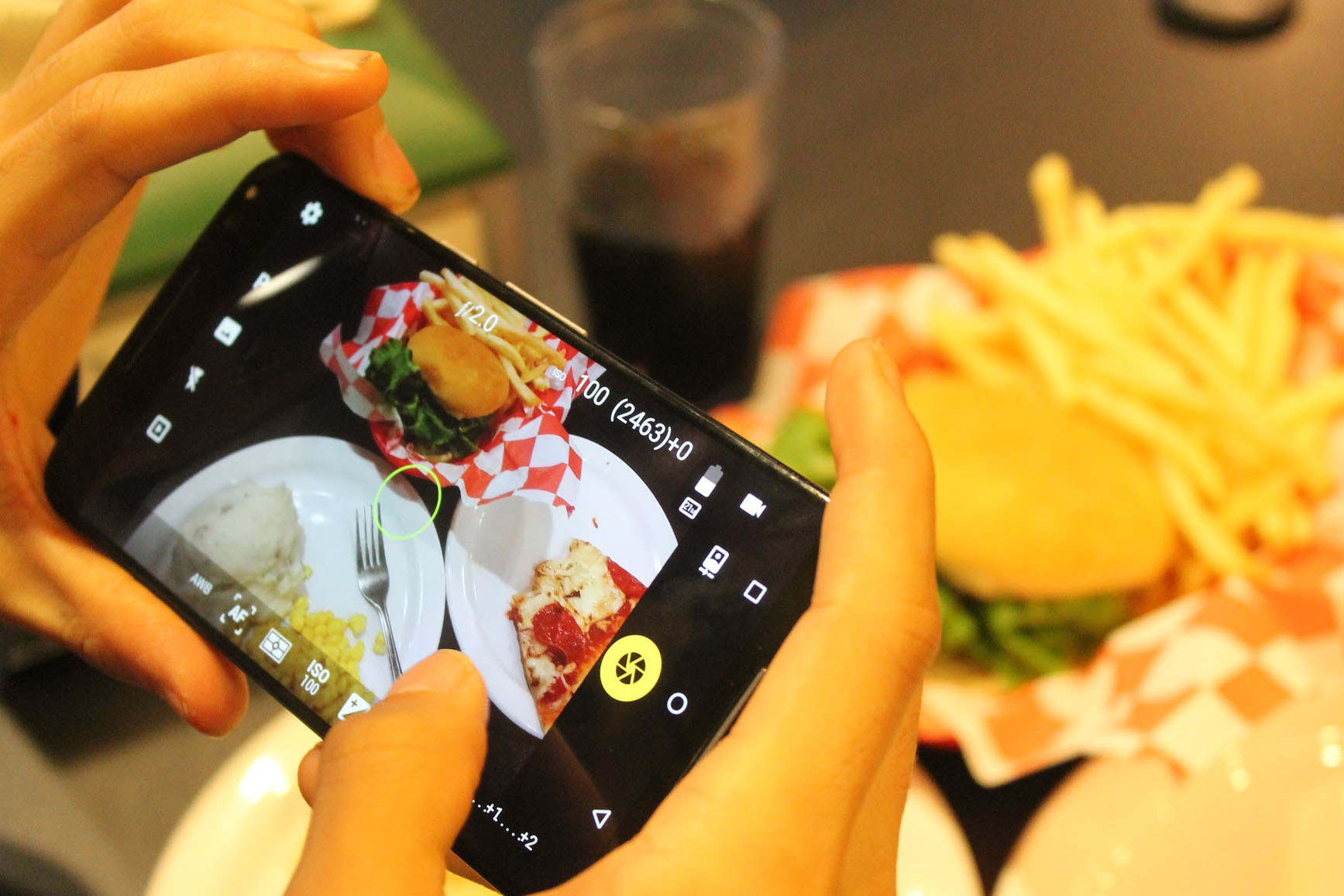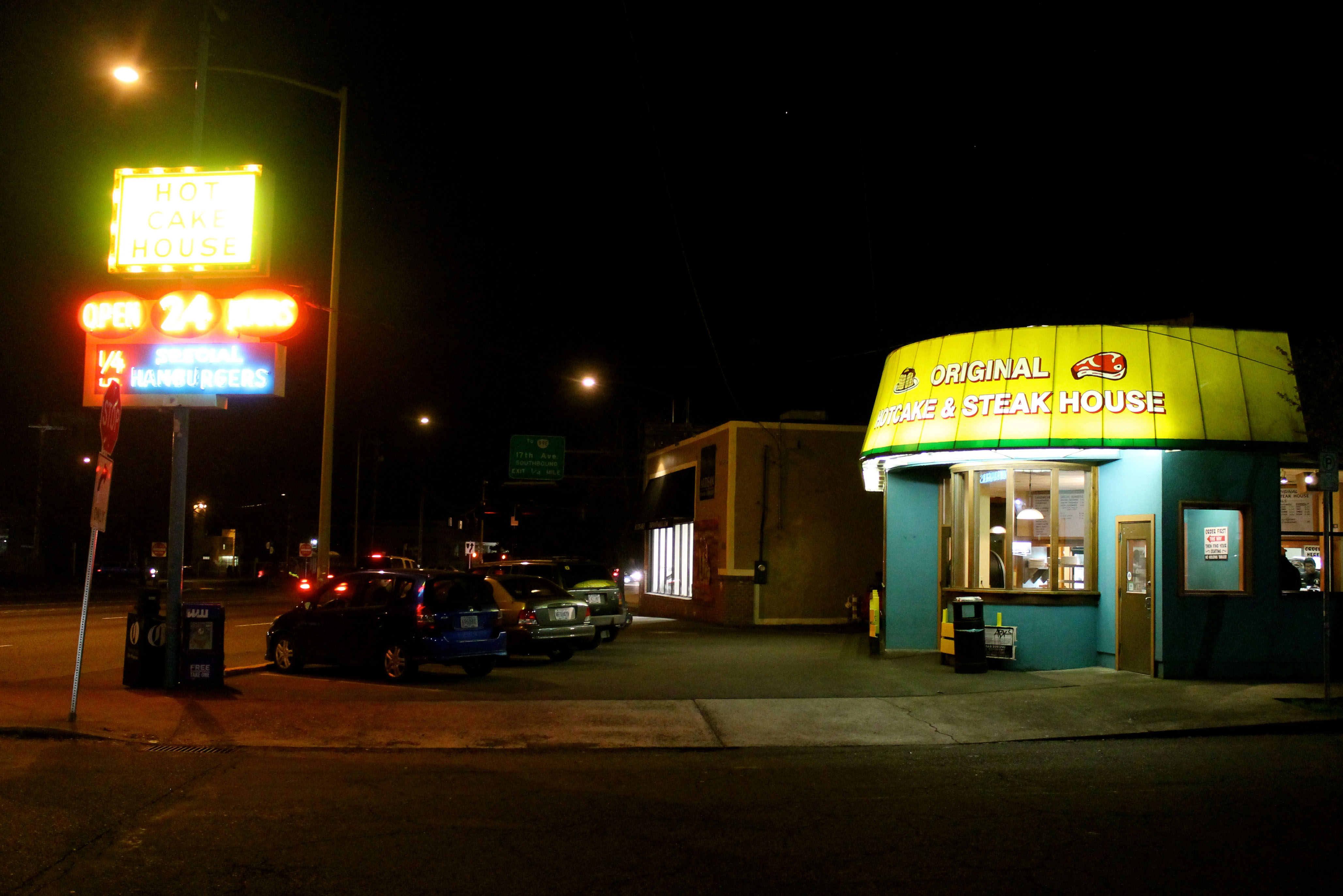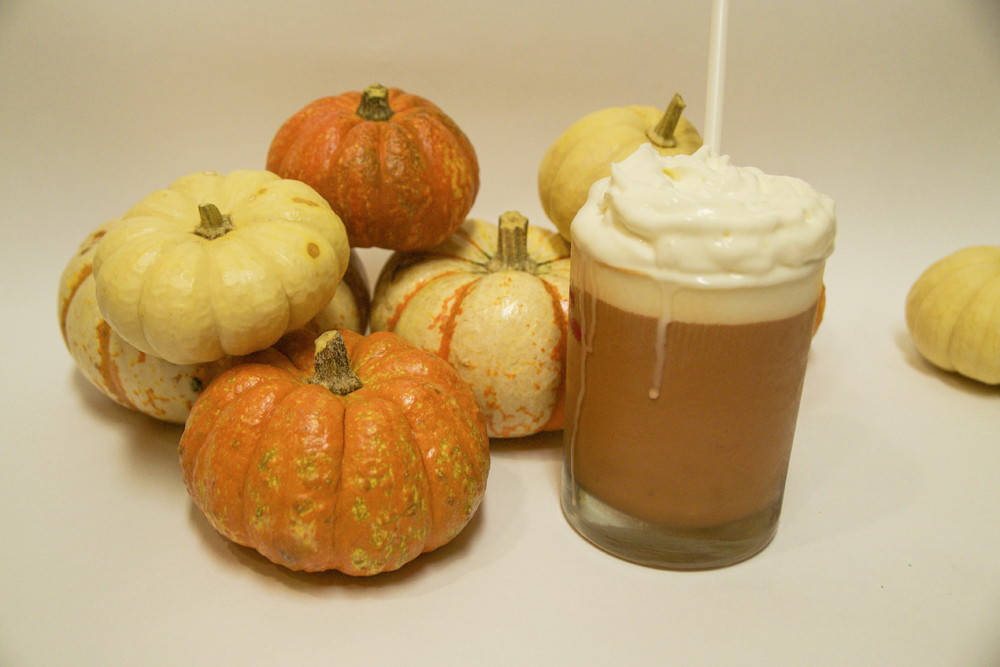On a recent trip to the Portland Art Museum I came across a still life painting of flowers, fruit, and a table setting. It was rendered in strikingly realistic tones. A glorious, piercing shaft of light shone down onto the scene.
I gazed at the painting and understood, on a universal level, the vital message the artist was communicating. It’s a message that transcends culture, language, nationality and time: the universal human need to share what we are eating at that very moment.
Thus was the painting set before me, lovingly rendered in subtle shades and hues, perfectly cropped, cast in the best possible lighting. Still-life painting was, to be sure, the closest thing the 19th century had to Instagram.
A simple glance through my Instagram and Facebook feeds confirms this: An overwhelming proportion of content consists of pictures of food taken immediately before it is eaten. This appears to be so widespread as to be a social ill, a sort of epidemic of narcissism typical of the Facebook generation, Generation Y, or Millennials, as the fogeys say.
And yet one can trace this impulse back to the earliest cave paintings of prehistoric humans, images that depict mythical illustrations of the hunt. In other words: The earliest artworks of the human race are literally images of their food before eating it.
This, of course, raises the somewhat problematic issue of whether this is an affirmation of our shared humanity, transported across distance, generations and historical epochs or if the recent upswing in the sharing of food images somehow represents a backward-looking devolution of the human race.
I will leave the final judgement on this issue to the historians of the future, who will likely comb through our digital archives to piece together what they can of life in the early 21st century. However, I feel confident that these pictures of our food play a vital role in our culture and indeed, our civilization as a whole.
In one sense, these images are the digital equivalent of opening one’s fridge, taking a look around, and shutting the door, a cultural practice as old as refrigerators and something of a national pastime. Only now, it’s the world’s fridge and includes literally whatever you can find, whether or not it is in anyone’s kitchen at all. It represents not just a triumph of communications technology but also of crossing borders and participating in a shared experience. It is also useful for making your friends jealous.
On another, more fundamental level, it may just be the last line of defense that prevents human civilization itself from taking a precipitous slide off a cliff. The knowledge we are being watched, and most likely being judged by our peers, is usually enough to make us at least make the attempt to eat something respectable.
You may, for instance, still live on a diet consisting mainly of Cheetos, Hot Pockets, and Mountain Dew. But every so often you may try your hand at pan-fried Alaskan salmon, or perhaps a curry, in order to keep up appearances. It may include a green leafy vegetable, like maybe kale. It may provide you with just enough nutrients to avoid being malnourished with a weakened immune system. And all due to Instagram and the wonders of modern technology.
Failing that, of course, you could always focus on presentation: a sprig of parsley accenting the rippled edge of the Hot Pocket you have lovingly prepared in the microwave. They say that every culture has its dumpling; this may be ours. The Cheetos arranged diagonally across the back of the plate, lined up in rows, a Mountain Dew poured carefully into a wine glass, fizzing gently, awaiting a toast to long life and happiness.
An eye for composition, after all, is a valuable skill. And you will line up the shot, noting the direction of the light falling from the open window, the color accents of the dish, the interplay of light and shadow.
Perhaps our Instagram culture does lack the refinement of the master painters who created the stunning still-life images found in the art museum. But they do share a similar concern with one’s food and making sure other people know about it, a concern that dates back to our prehistory.
Our Instagram accounts trail indefinitely behind us, like breadcrumbs dropped along the path, leading back the way we came.






